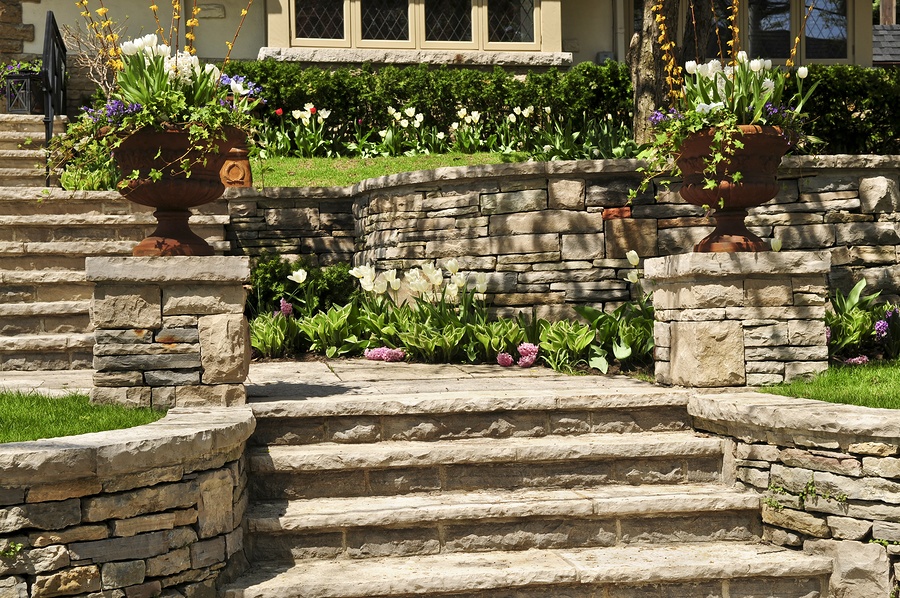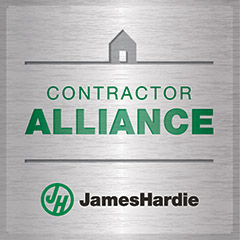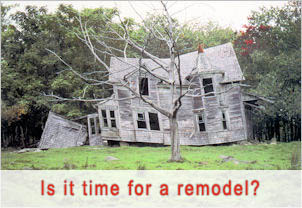
When building a retaining wall, it is essential to understand the relationship between the wall, the soil, and the water. A retaining wall contractor must account for all three elements, which are in constant contact throughout the life of the wall. When built correctly with water and soil, a retaining wall can last between 50 and 100 years.
In general, a quality retaining wall requires three elements:
- A solid base
- Compacted soil/base material
- Proper drainage
Below, we take a closer look at each of these elements and how they contribute to your retaining wall. If you have any further questions or need to consult a retaining wall contractor in San Francisco, feel free to contact Mares & Dow Construction & Skylights.
Build a Solid Retaining Wall Base
When designing and planning your retaining wall, you may think about how it looks on the front or at the top. However, it’s what goes on at the base of the wall or behind the wall that matters. A poor design at the base can cause the entire wall to crumble, turning it into a high-risk safety hazard. So, it’s at the base that you need to give the most consideration and attention to detail.
Keep in mind that a retaining wall isn’t supporting all of the ground behind it. Instead, it is only supporting the wedge soil, which is the soil that you fill in between the wall and the undisturbed natural soil. This soil tends to slide down the side of the wall or put pressure on the wall. To keep the wall performing well over a long period, consider the following:
- Use heavier material (large blocks, boulders, poured concrete, or thick timbers).
- Bury the bottom of the wall slightly into the ground to keep it from being pushed out.
- Step out the blocks at the end to allow the wall to push into the filler soil.
- Make sure your base is compact and keep the wall level.
Control the Flow of Water
One of the reasons why a retaining wall is necessary is soil erosion. The culprit is thousands of years of running water that eventually weakens the soil. That same running water can also weaken your retaining wall. Therefore, you must control the flow of water when it rains.
The goal is to either prevent water from trickling behind the wall or control its flow. You can start by ensuring that the topsoil and sod are even with the top blocks. This allows most of the water to flow over the top of the wall. Here are some other tips for controlling the flow of water:
- Make sure that the fill soil is impervious to block significant amounts of water.
- Use landscape fabric to prevent the soil from entering the gravel.
- Use gravel behind the wall to allow for quick water flow.
- Add a drain tile to allow the water to quickly flow away from the wall.
All of these techniques prevent water from building up behind the wall and adding intense pressure.
Provide Proper Compaction to Relieve the Wall of Pressure
When you think of compaction, you envision a retaining wall contractor filling up a hole and using their boot to pack the fill soil. However, this method only puts more pressure on the wall and may not adequately limit water flow. A better option is to add three to four inches of soil and pack it professionally using a tamper.
A contractor repeats this method until the soil is level with the top of the wall. They also use sandy or gravelly materials, which hold their compaction much better than standard topsoil. With proper compaction and the right soil, you can limit how much water gets behind the wall.
Mares & Dow Construction & Skylights has been serving the Bay Area since 1983. Our general contractors are home remodeling and siding experts. We enjoy working with homeowners as they start the process with their next project. Contact us today to get started on your home remodel or siding project!





 based on
based on 

